Having the best accessories for landscape photography in your pack increases your chances of having a successful expedition. The right accessories ensure the safety of your expensive camera gear and impact the quality of the images you capture on your trip.
Every photographic genre has its own “must-have” accessories. For example, portrait photographers use light modifiers. Landscape photographers should have filters and a tripod, at least.
Our article discusses the most important aspects of landscape photography equipment. I’ll then recommend must-have accessories for landscape photography.
To be clear, some of the gear I mention may be better suited to certain kinds of landscape photography than others. But the range of accessories I mention should cover all the bases for your shooting needs in the general wilderness.


The Best Landscape Photography Accessories for Photographers
The best equipment for landscape photography is the set you’re willing to carry with you everywhere.
Packing wisely can be difficult to master, especially if you’re like me. I want to have all my equipment with me, just in case! But good packing comes down to knowing what you need. Over time, you learn which accessories are essential for landscape photography outings.
The key to successful landscape photography is knowing what images you are after. When you know that, you can make the right decision about what gear to bring. Not dragging around a ton of “just-in-case equipment” is often a good start.
And remember that you have to carry more than just photography gear. You must also carry gear for your comfort, including essentials like water, snacks, extra clothes, a first aid kit, etc.

Best Camera Accessories for Landscape Photography
Here’s our list of the best camera accessories for landscape photography. This section looks at all the photography gear you need for an outdoor expedition.
We don’t review the best cameras for landscape photography or the best lenses. But you can click those links to see all our recommendations.

Best Tripods
Tripods come in all sizes, weights, and max load capacities. To ensure the best stability for your camera, get a tripod capable of supporting a maximum load of 20 to 30% above the actual weight of your gear.
The Manfrotto Element MII is a great choice if you need a full-sized tripod capable of holding a weighty camera and lens setup. With a max load capacity of 17.6 lb (8 kg), it can hold full-frame or even medium-format cameras.
It’s also flexible and versatile. So, it’s perfect for shooting on uneven terrain.
If you’re looking for something smaller, perhaps the K&F Concept Mini Carbon Fiber Tripod is what you need. It’s compact and lightweight, making it easy to carry. And despite its convenient size, it can hold heavy cameras for long periods.
We have an in-depth review of the best tripod for landscape photography.

Best Tripod Heads for Landscape Photography
Landscape photographers have several options when it comes to tripod heads. They can go for ball heads, 3-way or pan and tilt heads, or panning heads.
The ball head is now the most popular tripod head among photographers. That’s because the ball joint makes them super versatile. It gives you smooth motion and a wide tilting and panning range.
The two tripod recommendations both come with ball heads. But if you need one for your tripod, the NEEWER Tripod Ball Head is an excellent option. If you prefer something else, check out all the best tripod ball heads.
Of all the best 3-way pan and tilt tripod heads, the Benro HD3A 3-Way Pan Head is the top option. It’s incredibly strong, holding anything up to 26.4 lb (12 kg). And the 3-way tilting control gives you fantastic mounting options. Finding a level mounting in any terrain is easy with this one.
Panning base tripod heads don’t offer the range of movement of a ball or 3-way head. But they are ideal for shooting broad scenes and panoramas. The NEEWER Panoramic Panning Base gives you 360 degrees of level rotation. The built-in bubble level keeps you perfectly aligned with the horizon.
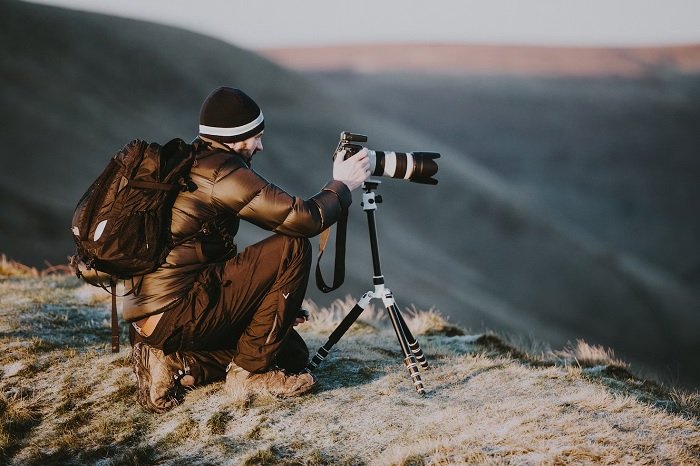
Best Camera Backpacks for Landscape Photographers
Choosing the right camera bag for landscape photography is crucial. That’s both for comfort and keeping your equipment safe and dry. Never underestimate the importance of a good camera bag.
The best option for exploratory trips and photoshoots in locations that can be easily reached is the classic camera backpack. Get one with space for water, snacks, clothes, and a phone. We recommend the Wandrd Prvke as our top choice as a backpack for landscape photography.
It’s best to avoid the so-called “messenger bags.” They’re uncomfortable when fully loaded because the weight is not evenly distributed on your back. And since you’ll be walking to your location, it’s best to stick to a camera backpack.
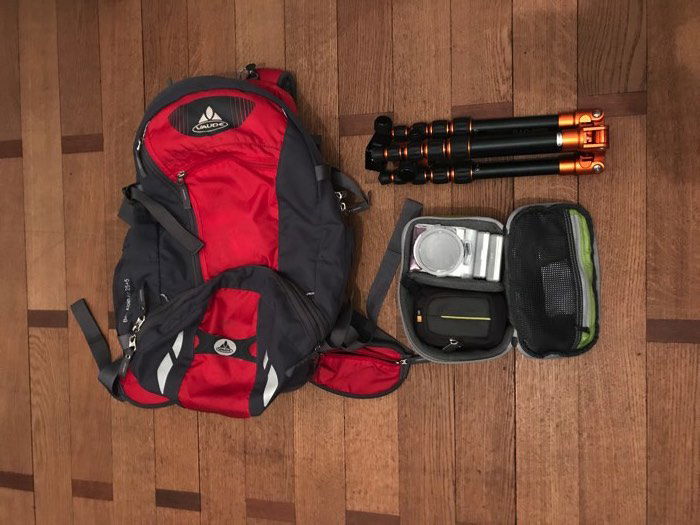
Every landscape photography journey is different. Some are quick and easy, and others are long and arduous. And that means every landscape photographer will have different needs. As we said above, the Wandrd Prvke is our top recommendation.
We spent months testing the top camera bags on the market, and we came up with our top seven choices for hiking. If the Wandrd Prvke isn’t for you, you can find another great bag on that list that suits you.
Those backpacks are made to let you transport heavy loads for long distances on rough terrain in the most comfortable way possible.
Internal Camera Units (ICU) are a great way to carry your landscape photography gear in a mountain backpack. The Gura Gear Kiboko V2.0 is a fantastic choice. It has customizable internal dividers that keep your gear safe and prevent it from knocking about as you hike over rough terrain.

Choose the bag size and ICU according to your usual photography gear needs. And it’s best to have a camera backpack with a dedicated compartment for your belongings. You don’t want to be thirsty, hungry, cold, or wet in the wilderness.
We tested, scored, and reviewed 18 of the best camera backpacks, so check out the full list of camera bags.

Best Camera Filters
You don’t go out there without filters, period. Filters are, in fact, the only way you have to shape that wonderful natural light you are after.
The right filter can do wonders for your photos. It can eliminate blown-out skies or spice up drab foregrounds. Filters are small pieces of gear that can make a world of difference.
Graduated neutral density (GND) filters are the most common type for landscape photographers. The sky and the ground in the foreground often require different exposure settings. A GND helps you balance the two areas without creating a composite or HDR image.
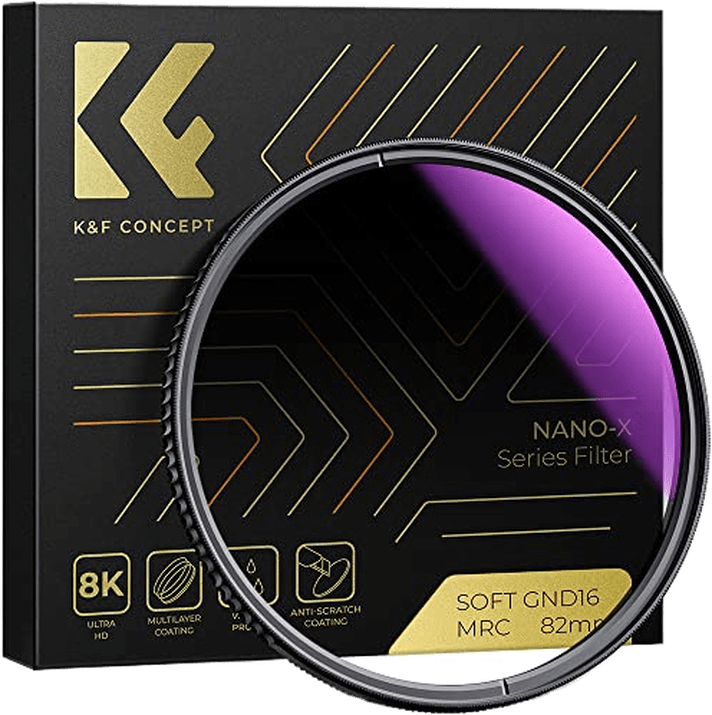
Neutral density (ND) filters are used for long exposures in the daytime. They are similar to graduated ND filters, but the filtered coating covers the entire filter. This lets you use wider apertures or longer shutter speeds in daylight. ND filters are most commonly used for long-exposure photography.
You can also get variable neutral density filters. These let you adjust the strength of the filter by simply turning the filter ring. Variable filters are perfect for landscape photographers as they let you adapt to changing conditions.
Circular polarizer filters (CPL) remove glare and reflections and deepen colors. This gives you sharper details and more intense colors. They work very well on sunny days as they reduce flare and give the sky a darker blue.

Remote Shutter and Intervalometer
A remote shutter release is a great tool for landscape photography. They let you release the camera’s shutter without actually touching the camera. This is perfect when you’re shooting with slow shutter speeds. There’s no risk of camera shake, and you get sharper images.
Some shutter remotes have additional features, like an intervalometer. Some cameras have an intervalometer built in. But if not, a remote with an intervalometer function lets you shoot time-lapse photography. It’s another great way to spice up your landscape photography.
Some cameras can be controlled remotely via smartphone. While this is fantastic, consider that turning on the camera’s Wi-Fi reduces battery life. Plus, a wired remote with a tether gives you a much more reliable connection.
Protective Accessories for Your Camera
Shooting outdoors can be risky. Mountain trekking can be arduous, and the weather can be unpredictable. That’s why you should invest in photography accessories that protect your gear when you’re out.
Here are some of the must-have accessories for keeping your gear safe:
- Lens Hoods: These are useful to reduce flares. They also add an extra layer of protection to your front lens element against impacts.
- Lens Cleaning Kit: Landscape photography can involve getting dirty, So it’s a good idea to have a cleaning kit to ensure your lens stays clean. A microfiber cloth, a rocket air blower, and a lens pen are enough.
- Rain Sleeve: Camera rain sleeves are cheap and protect your gear when caught in the rain.
- Protective SD Card Case: This is handy for storing your memory cards while on the trail.
- Backpack Raincover: A rain cover is essential if your backpack has limited water protection. It completely rainproofs your backpack and stows away nicely when you don’t need it.

Spare Batteries and Power Banks
Battery life can be an issue when shooting outside, especially with mirrorless cameras. The LCD screen and electronic viewfinder can quickly drain the battery. So it’s best to have extra batteries on an expedition.
Always fully charge your batteries before leaving for any landscape shoot. In cold weather, keep the spare battery in an internal pocket in your jacket to keep it warm. A cold battery will have reduced power, so keeping the battery close to your body improves the battery power.
Portable power banks are another handy gadget for landscape photographers. Now, it’s possible to charge cameras using a USB cable. This enables you to draw more power from a power bank.
Power banks are also handy for keeping your smartphone charged. This is an important safety consideration when venturing out on remote expeditions. It’s best to stay connected with others as much as possible.

You might also want to take a portable external hard drive. The extra storage can come in handy if you’re out shooting for long periods. Landscape photographers should look for a robust portable hard drive, like the LaCie Rugged Mini.
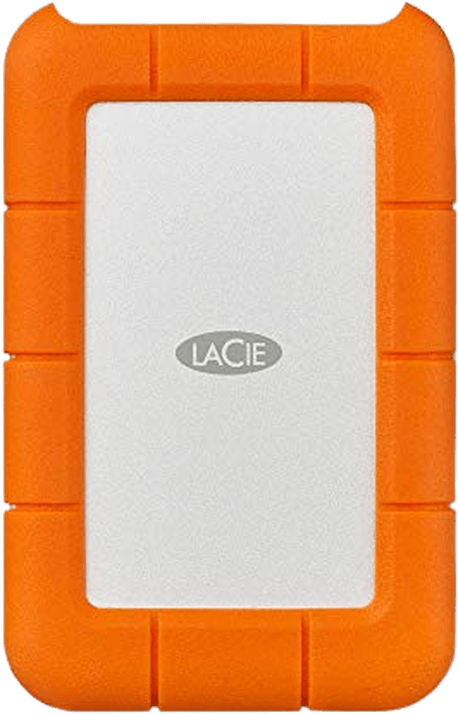
Other Accessories for Landscape Photography
This section looks at more general accessories for landscape photographers. These include items of clothing and useful bits and bobs that will improve your outdoor landscape adventures.
Smartphone
Aside from safety reasons, a smartphone is a great tool to have with you on a landscape photo hike. And having a rugged, waterproof case for your smartphone is always a good idea. This lets you perform several tasks:
- in real-time
- Use GPS and trail maps to navigate the terrain
- Record GPS coordinates during exploratory trips
- Remotely control your camera
- Collect photos and videos for “behind the scenes” documentation of your trip
- Plan where to go next thanks to apps like Photo Pills and The Photographer’s Ephemeris
- Navigate the night sky thanks to augmented reality with apps such as Sky Guide
- Read the PDF version of your camera owner manual in case you need it
Plastic Zipper Bags and Silica Gel Packets
You can seal your camera in a plastic zip bag before going indoors after being out in cold and humid conditions. This lets the camera slowly warm up, preventing condensation from forming.
Alternatively, once inside, wait a few hours for your gear to warm up slowly before opening your camera bag or ICU.
You may want to remove your memory card before sealing the camera. This way, you can review, edit, and share your photos without waiting hours for your gear to warm up.
Save the little silica gel bags that shoes and other products come with. They’re the same as the ones you buy, so you can save a few dollars if you hold onto them.

Photography Gloves
When working in chilly conditions, your hands will quickly become cold, making it increasingly difficult to use your camera. That’s why a landscape photographer should always have a pair of photography gloves in their pack.
The SIMARI Winter Gloves are perfect for photographers. They keep your hands warm and dry when working outside. Your hands still have good dexterity when they are inside. The index fingers have a special pad for using touchscreens.

Lightweight Rain Coat
Wearing a heavy, cumbersome rain jacket isn’t ideal for a landscape photography expedition. It won’t be long before you’re sweating your buns off.
A lightweight raincoat is the perfect solution. It provides waterproof coverage for your head and body during a downpour. But it folds away into a little bag. So you can store it neatly in your camera backpack.

Headlamp
If you want to capture a sunrise landscape, you must find your location and set up your camera before sunrise. That means working in the dark. And using a camera in the dark isn’t easy. Also, capturing a sunset means you have to head home after darkness has fallen.
That’s why we think a headlamp is a vital accessory for landscape photographers. They give you illumination so you can see what you’re doing. And they leave your hands free, allowing you to use your camera more freely.
Buying a headlamp is a small price to pay for new nocturnal possibilities. They’re even more important if you want to take night sky photographs.
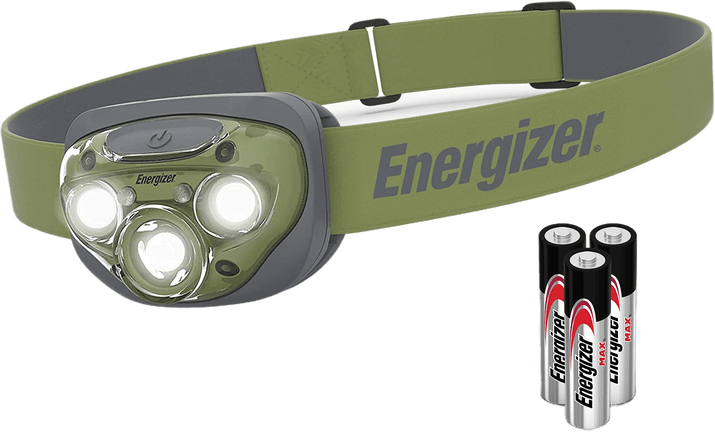
Filtered Water Bottle
Staying hydrated is key no matter what you’re doing. But you always need drinking water for hiking and outdoor photography. Carrying a large amount of water can weigh you down, though.
Keeping a filtered water bottle in your pack is a great way to stay safe and avoid dehydration. You can top up your water supply on the go without needing a convenience store.
Drinking water you find might sound risky, but the filter in the Clearly Filtered Water Bottle kills up to 99% of bacteria. And each filter lasts six months.
Of course, you have to be careful when selecting a water source. Always go for clear, fast-moving water. Never drink standing or stagnant water. If it looks dirty, don’t drink it. Even this Clearly Filtered filter won’t make that water safe to drink.

First Aid Kit
While this is the last item on our list, a first aid kit is not the least important item in your pack. Anything can happen when you’re working on location. Even highly prepared professionals can suffer from bad luck and have an accident.
The First Aid Only 442 All-Purpose Emergency Kit is perfect for landscape photographers. It’s a small, self-contained pack that fits into any camera backpack. It has medical gear for nearly any eventuality. And it’s a small investment that can save your life.
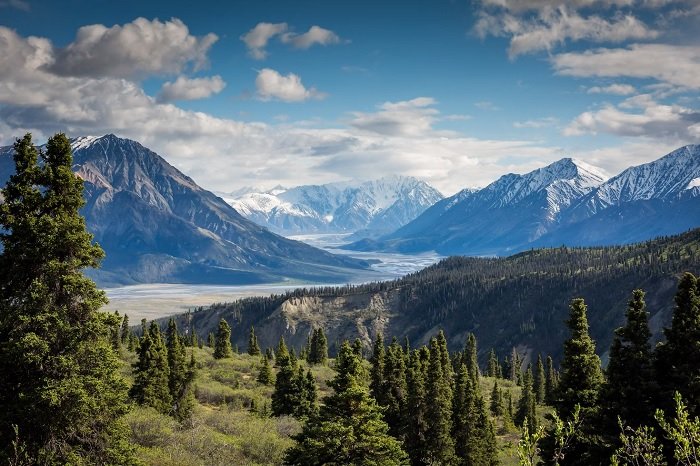
Conclusion: Landscape Photography Accessories
Landscape photography is an exciting and rewarding activity. Particularly if you love spending time in the great outdoors. Armed with this information, you know what you need to pack.
The first step is figuring out what environments you want to shoot in. Then, decide which gear setup is best for you. Remember, the best setup for one photographer might not be the best setup for another.






